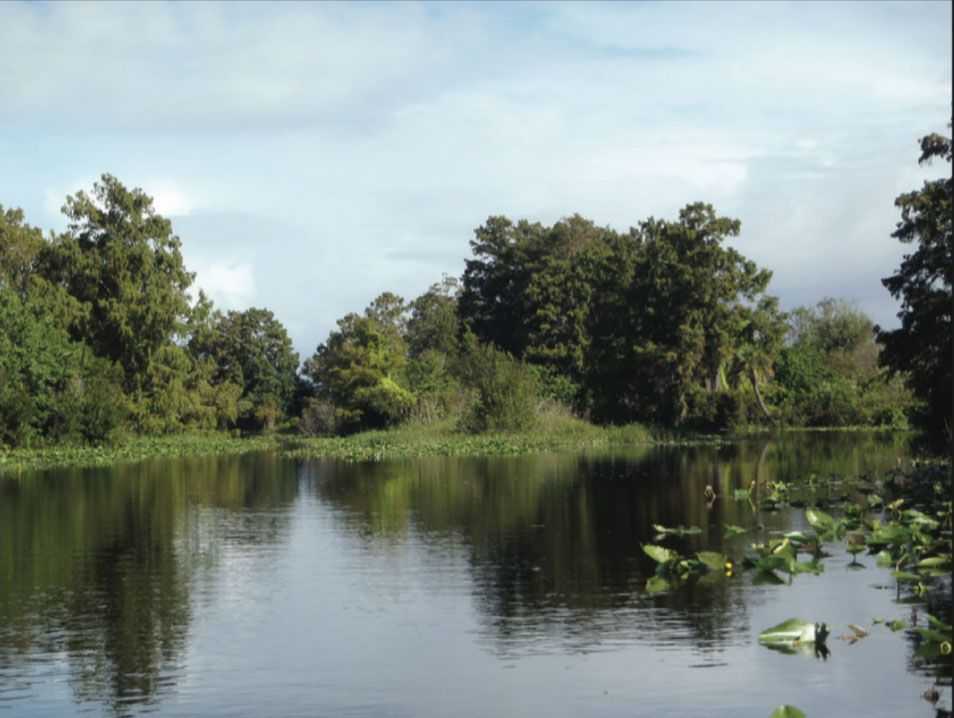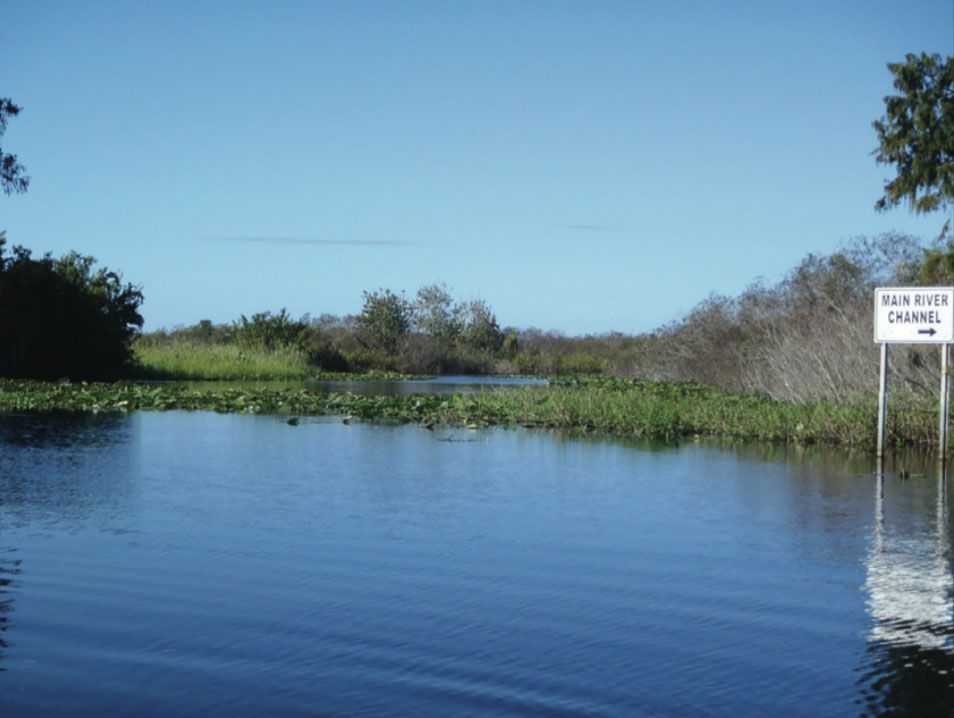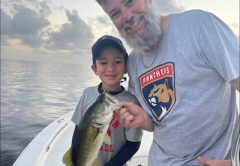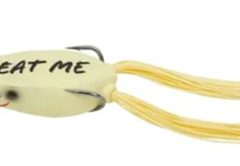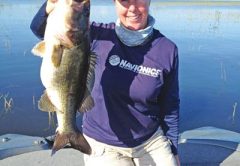Where ever you go in Florida you’re going to find canals, man-made ditches that help transport water from one location to another and help our backyards stay dry during the rainy season. Being that we live in the Fishing Capital of the World, I like to believe that any body of water, whether the Rim Canal of Lake Okeechobee or the urban canals of Miami, they all hold fish to be caught. Catching fish in these environments is just a matter of timing and education.
Being man-made structures all canals have some common traits. They are usually pretty straight with wide sweeping turns, they have shallow shelfs on their shorelines, and they have quick drop-offs to the center of the channel. In the case of larger, deeper canals, there may be multiple drop-off ledges before you reach the center channel. After that, each canal becomes its own mini eco-system driven by its terrestrial surroundings.
When fishing a canal you’ll want to look for areas favorable to holding fish. These will be areas that differ from the straight channelized banks of the canal structure. These can be areas of vegetation, overhanging trees, culverts, feeder streams, docks, bridges, canal intersection points, etc. Since many canals have slow moving or stagnant water, you should concentrate on locating areas where there is an increase in oxygen levels. These can be near feeder streams, culverts, the confluence of currents, and deep cool pockets of water.
Finding vegetation and especially the proper vegetation can be the key to success when fishing canals. In south central Florida, unless a canal is lined with a seawall, riprap or some type of erosion resistant and anti-vegetation material, there’s going to be weeds along the shoreline. Most likely these emergent plants will be cattails, spikerush, river bulrush, and a variety of grasses. Mixed in with these emergent plants will be floating leaved plants and frequently free-floating plants. Concentrate on areas where the diversity in plant type is high. This is a good indication that the level of oxygen is high and that the fish have quick access to deeper waters. In addition to shoreline vegetation, look for areas of submerged vegetation such as eel grass, hydrilla, milfoil, coontail, etc. These areas are producers
of oxygen and provide great cover for baitfish and bass. Other key features to look for when fishing canals are wash-out points, sand and rubble fields, fallen trees, oxbows, and just about anything that interferes with the natural straight flow of the canal. In most cases fish will hang out upstream of an obstruction and downstream of a shallowing of water.
Canals like lakes have a seasonality to them. In the summertime the water is often superheated and fish will seek shelter and areas of cooler temperatures. During these times, fish will stay deep during the day and come to the shallows in the early morning and early evening to feed. In winter the fish will stay closer to the shallows during the day to enjoy the warming effects of the sun. If you’re near a lake or deep water canal, you might also find that fish will leave the confines of the deeper water and shallow up into the smaller canals for added warmth.
The tactics used for fishing canals vary by the size of the canal, the time of year, and the water temperature, but the basic idea is to cover as much water as possible. Running and gunning in canals is very common.
It’s much more effective to seek out favorable areas or areas conducive to your style of fishing than mindless casting into weeds void of fish. If using artificials and close to shore, cast into open pockets in the weeds, cast parallel to the weed line, and cast upstream and retrieve your bait downstream. Like rivers, slower is better. If you mark a drop-off, position your boat mid channel and drag your bait over the drop- off and let it fall to the bottom. If the drop-off is deep practice your patience and allow it time to free-fall all the way to the bottom. When you encounter culverts and feeder streams, work these heavily and at all depths. Don’t forget to work the downstream edge of the flow from the culvert. Bass can be lying low in the channel just waiting for the current to bring its next meal.
As for selection of tackle, if fishing from the bank in the right spot a simple cane pole can be an effective tool. But in general, canal water is usually pretty stained with tannins and therefore dark in color with low visibility. So heavier lines won’t impact your presentation. With less weeds than heavily matted lakes, lighter and longer rods will improve both your casting accuracy and your distance. Bait selection is similar to most river fishing, smaller is better and match the hatch.
Fishing canals in south-central Florida is pretty much like a Louis and Clark Expedition. You can find yourself in an urban environment fishing waters that are heavily fished or you can find yourself running across waters that appear never touched by man. Yet they all have one thing in common, they all hold fish. It’s just a matter of knowing what conditions to look for and applying some basic techniques. So this winter when the winds start howling, launch your boat into a canal and explore the backwaters of the Fishing Capital of the World.

